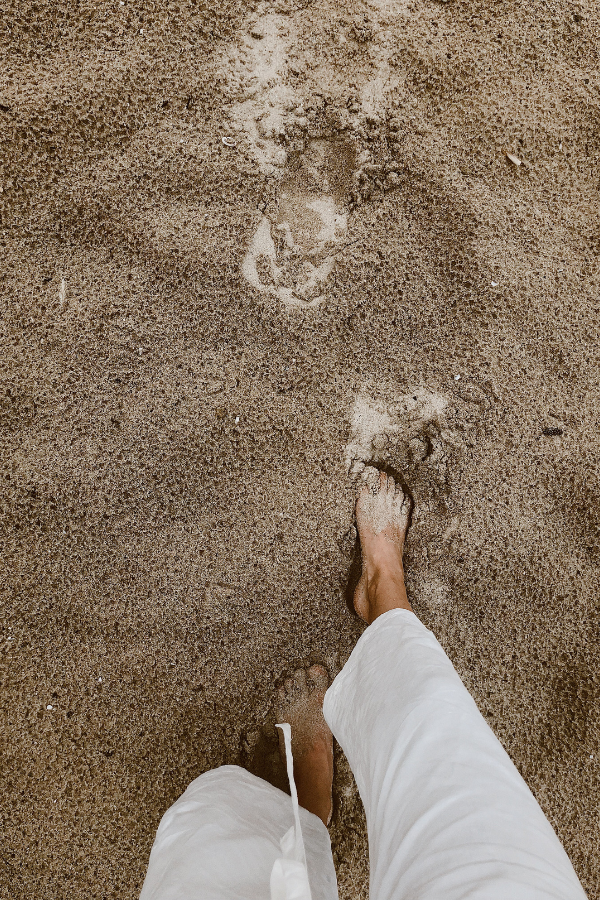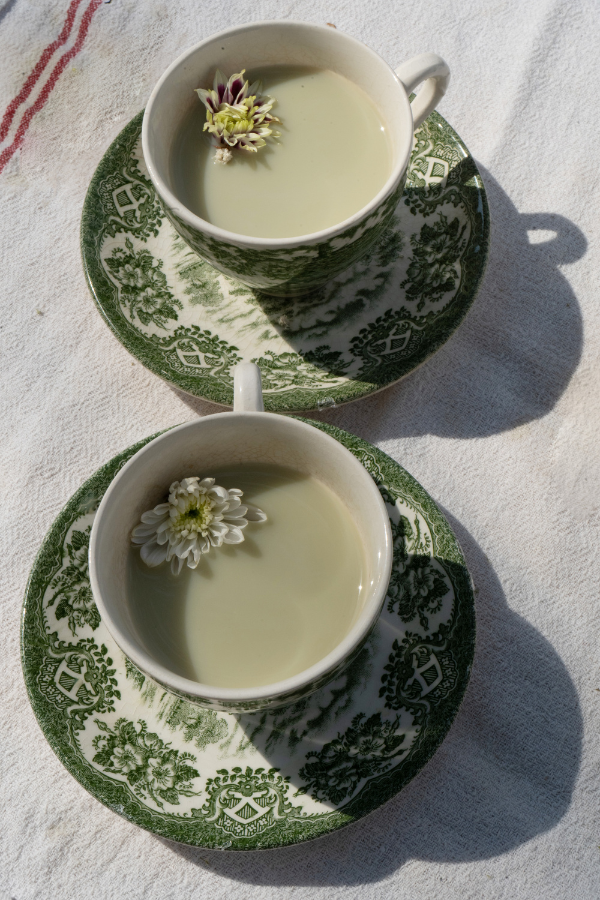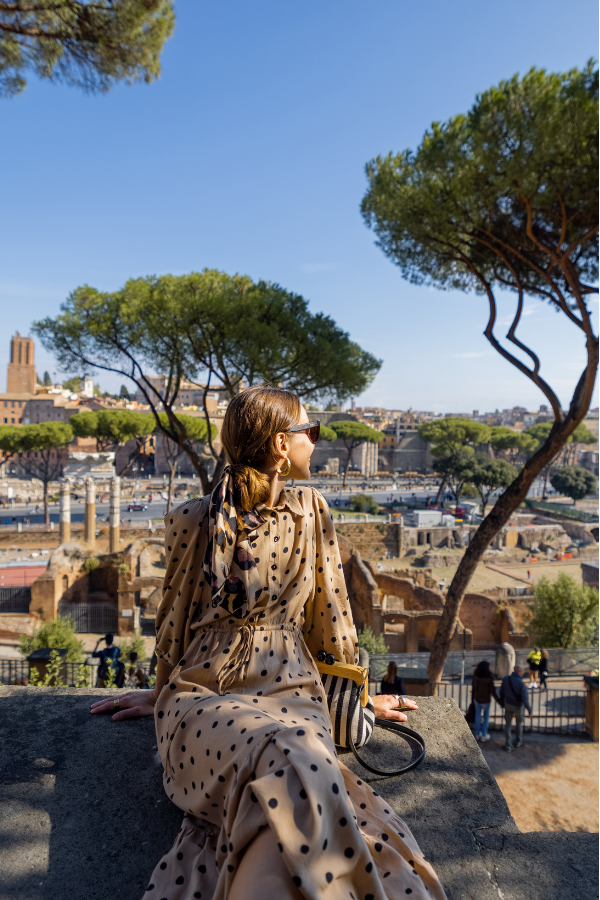

Dolce Far Niente: The Sweetness of Doing Nothing
Summary
Embracing “Dolce Far Niente,” or the sweetness of doing nothing, can enhance creativity and well-being by offering a balance between leisure and productivity. This concept, deeply rooted in Italian culture, encourages taking intentional breaks to rejuvenate the mind and foster innovative thinking.
Strategies for incorporating this practice include mindfulness, leisure activities without productive goals, and digital detoxes. Overcoming guilt associated with idleness and recognizing the value of rest can lead to a more fulfilling creative life.
Reflection Questions
- When was the last time you truly experienced “dolce far niente,” and what were you doing?
- How do you typically react to unscheduled periods of free time?
- How does your cultural background influence your view of leisure and productivity?
Journal Prompt
Reflect on how periods of relaxation and doing nothing can influence your creativity. Have you ever had a creative breakthrough or come up with a new idea while in a state of leisure? Share your experiences. Identify which leisure activities seem to stimulate your creativity the most. Do certain environments or times of day make you more susceptible to creative insights? For instance, many people find that being in nature or engaging in repetitive, low-focus activities like knitting or doodling can encourage creative thoughts. Explore why these activities might be particularly conducive to creativity.
In a world that celebrates constant productivity and hustle, embracing the Italian concept of “Dolce Far Niente” – the sweetness of doing nothing – can seem revolutionary, especially for creative women. In this article, we explore the art of savoring life’s simple pleasures without the guilt of productivity, offering insights into how creative women can weave this philosophy into their lives. By embracing moments of stillness and leisure, women can unlock new depths of creativity and well-being, redefining success on their own terms. Learn all about this beautiful concept below.


TL;DR
Embracing “Dolce Far Niente,” or the sweetness of doing nothing, can enhance creativity and well-being by offering a balance between leisure and productivity. This concept, deeply rooted in Italian culture, encourages taking intentional breaks to rejuvenate the mind and foster innovative thinking.
Strategies for incorporating this practice include mindfulness, leisure activities without productive goals, and digital detoxes. Overcoming guilt associated with idleness and recognizing the value of rest can lead to a more fulfilling creative life.
The Italian Way: Understanding Dolce Far Niente


Il Dolce Far Niente has roots deeply embedded in Italian culture, epitomizing the country’s appreciation for finding joy in the finer, leisurely aspects of life. The literal translation of “Dolce Far Niente” from Italian to English is “the sweetness of doing nothing.”
This Italian lifestyle concept is not just about idleness. It’s a celebration of enjoying life’s moments without the rush, reflecting a profound cultural reverence for balance and the quality of life over the relentless pursuit of productivity. American women might be familiar with this Italian expression because of Julia Roberts in the movie Eat Pray Love.
August as the Unofficial Month of Dolce Far Niente
August in Italy is synonymous with “ferragosto,” a time deeply embedded in the fabric of Italian culture when relaxation and leisure take center stage. This period, while not officially dedicated to “dolce far niente” — the sweetness of doing nothing — embodies the spirit profoundly. Historically rooted in ancient Roman traditions celebrating the harvest and honoring the gods, the contemporary manifestation sees many Italians departing the bustling cities for the serene coasts or rustic countryside. It’s a collective exhalation, a national pause, where the fast-paced urban environment surrenders to a slower rhythm of life for a whole month. That’s why many advise that tourists avoid visiting Italy for the first time in August (everything might not be open)!
During this time, many businesses, especially family-owned shops and small enterprises, close their doors for at least a portion of the month. This is not merely a commercial decision but a cultural one, reflecting the societal value placed on rest and family time. The cities, known for their vibrant life and teeming tourists, transform remarkably. Streets that were once thronged with locals and visitors alike quiet down, and the usually hectic piazzas and marketplaces take on a subdued ambiance. The change is palpable, with even the tempo of those remaining in the cities seeming to slow, aligning with the leisurely pace of the season.
For tourists, this shift in pace can be both enchanting and challenging. While some might relish the opportunity to see a different, more languid side of Italian urban life, others might find the closures inconvenient. Yet, this period offers a unique glimpse into the Italian ethos, where life is not merely about work and productivity but also about enjoying the moment and reconnecting with one’s roots and loved ones. In this way, August in Italy offers a lesson in balance and priorities, a reminder of the importance of slowing down and savoring life’s simpler pleasures.
Similar Concepts in Other Cultures Beyond Italy


Around the world, several cultures embrace concepts akin to Dolce Far Niente, each with its unique cultural imprint. For example, the Danish “Hygge” emphasizes coziness and comfort as a way of life, while the Spanish “Siesta” is a traditional pause in the day for rest. These practices, like Dolce Far Niente, underscore a global understanding that slowing down and appreciating the moment contributes to a well-rounded, fulfilling life.
Psychological and Emotional Benefits of Embracing Idleness


Incorporating Dolce Far Niente into one’s life can have profound psychological and emotional benefits. It allows for a mental decompression phase, reducing stress and enhancing creativity by giving the mind space to wander and explore new ideas. This intentional slowing down can create space for the development of a deeper connection with oneself, promoting mindfulness, and significantly improving overall well-being by recalibrating what it means to truly live rather than just exist.
Dolce Far Niente and Creativity


The relationship between idleness and creative thinking is both intricate and profound. Dolce Far Niente champions the notion that true creativity often springs from moments of stillness and not from constant activity. In the tranquility of doing nothing, the mind is allowed to wander, explore, and connect ideas in novel ways, fostering innovative thoughts and solutions. This period of rest can be the soil in which the seeds of creativity flourish, offering a fresh perspective and sparking inspiration that might not surface amid the noise of incessant busyness.
Fuel your creative fire & be a part of a supportive community that values how you love to live.
subscribe to our newsletter
We must remember that productivity and constant activity are not synonymous with creative success. This Italian concept encourages a reevaluation of such misconceptions, suggesting that the path to genuine creative achievement is not through relentless work but through balanced intervals of rest and activity. Embracing periods of idleness can rejuvenate the creative spirit, enhance problem-solving abilities, and lead to a richer, more inventive creative output, challenging the conventional wisdom that equates busyness with effectiveness in the creative process.
Journal Prompts About the Sweetness of Nothing


In this vein, take a moment to answer one of the following journal prompts about how indulging in the sweetness of nothing can profoundly impact your creativity and personal growth. It’s a part of self care, after all!
- Reflect on a moment this week where you experienced “Dolce Far Niente.” What were you doing, and how did it make you feel?
- Imagine your ideal day embodying the concept of “the sweetness of doing nothing.” What activities (or lack thereof) would fill your day?
- How does the idea of idleness challenge your current beliefs about productivity and creativity? Write about any internal conflicts this concept raises for you.
- Plan a “Dolce Far Niente” day. What rules or guidelines would you set for yourself to truly embrace doing nothing?
- Reflect on the last time you felt creatively inspired. Were you busy at the time, or were you in a state of rest? Explore the connection between this state and your creative flow.
Practical Ways to Incorporate Dolce Far Niente into Daily Life
Mindfulness and Meditation
Integrating moments of stillness into your daily routine can significantly enhance your ability to embrace Dolce Far Niente. Mindfulness practices and meditation allow you to cultivate a deep sense of presence, encouraging you to savor the moment without the distraction of constant thoughts or activities. This deliberate pause not only refreshes the mind but also opens up space for creativity to blossom.
Leisure Activities


Engaging in leisure activities that relax the mind without aiming for productivity is essential in embodying Dolce Far Niente. Whether it’s taking a leisurely walk in nature, enjoying a cup of tea while watching the sunset, or simply daydreaming, these activities encourage a state of relaxation that is crucial for creative rejuvenation and personal well-being.
Digital Detox
Setting aside technology to enjoy the present moment is a critical aspect of Dolce Far Niente. In today’s digital age, disconnecting from electronic devices can provide a much-needed respite for the mind, allowing you to engage more deeply with the world around you and with your own inner thoughts. A regular digital detox can help reduce stress, enhance mindfulness, and foster a more meaningful connection with yourself and others.
Banishing the Guilt Associated with La Dolce Far Niente


Embracing the art of doing nothing can be challenging in a culture that equates busyness with worth and productivity with success. Guilt over perceived idleness and the fear of being unproductive are significant barriers that can prevent individuals from fully enjoying moments of rest and relaxation.
To overcome these obstacles, it’s essential to reframe the narrative around idleness, recognizing it as a vital component of creativity and well-being. Setting intentional boundaries around work and leisure time, practicing mindfulness to stay present, and gradually incorporating small moments of Dolce Far Niente into your daily routine can help shift perceptions. Acknowledging the value of rest, both mentally and physically, allows for a healthier balance between action and relaxation, fostering a more fulfilling and creative life.
Design Dash
Join us in designing a life you love.
-
All About Our 7-Day Focus & Flex Challenge
Sign up before August 14th to join us for the Focus & Flex Challenge!
-
Unique Baby Names Inspired by Incredible Women from History
Inspired by historic queens, warriors, artists, and scientists, one of these unusual baby names might be right for your daughter!
-
Finding a New 9 to 5: How to Put Freelance Work on a Resume
From listing relevant skills to explaining your employment gap, here’s how to put freelance jobs on your resume.
-
What is Generation-Skipping, and How Might it Affect Sandwich Generation Parents?
The emotional pain and financial strain of generation skipping can be devastating for Sandwich Generation parents.
-
Four Material Libraries Dedicated to Sustainability, Preservation, and Education
From sustainable building materials (MaterialDriven) to rare pigments (Harvard), each materials library serves a specific purpose.
-
Do You Actually Need a Beauty Fridge for Your Skincare Products? (Yes and No.)
Let’s take a look at what dermatologists and formulators have to say about whether your makeup and skincare belong in a beauty fridge.








